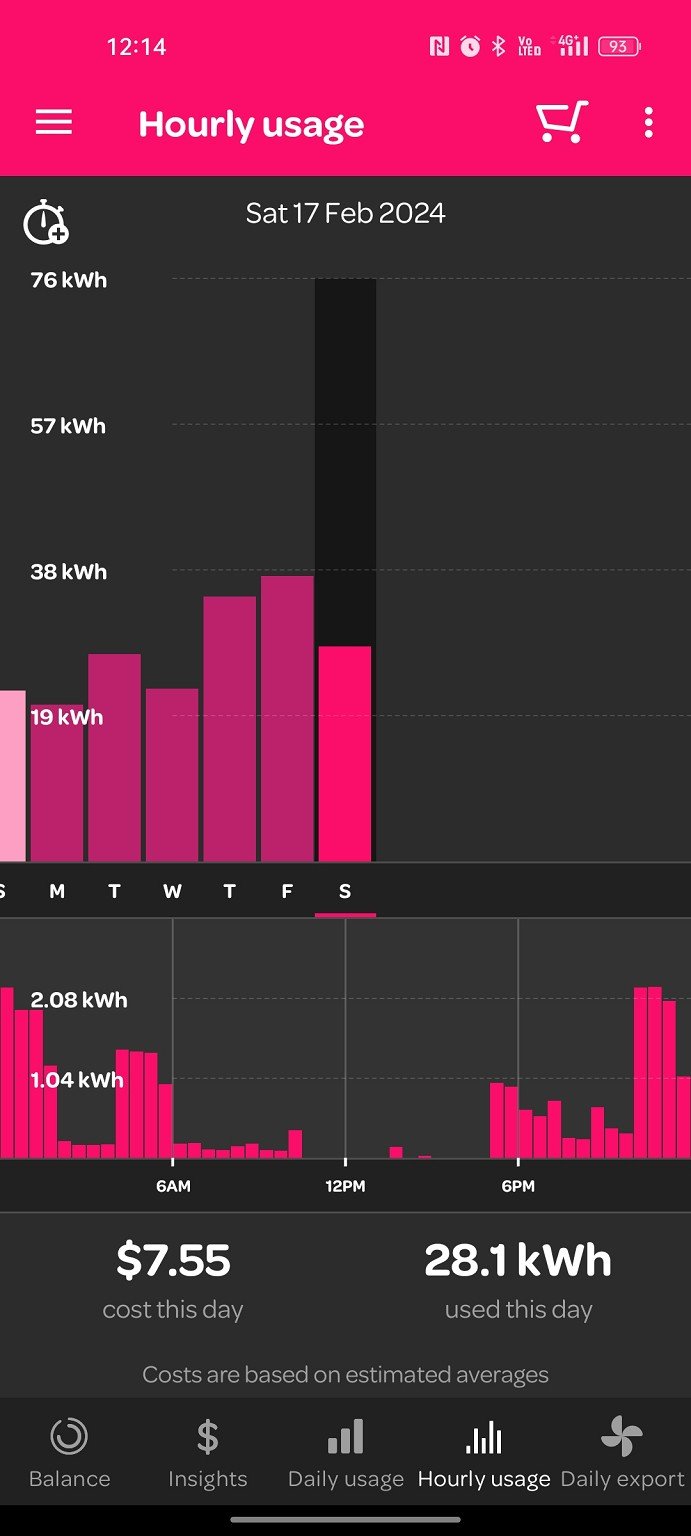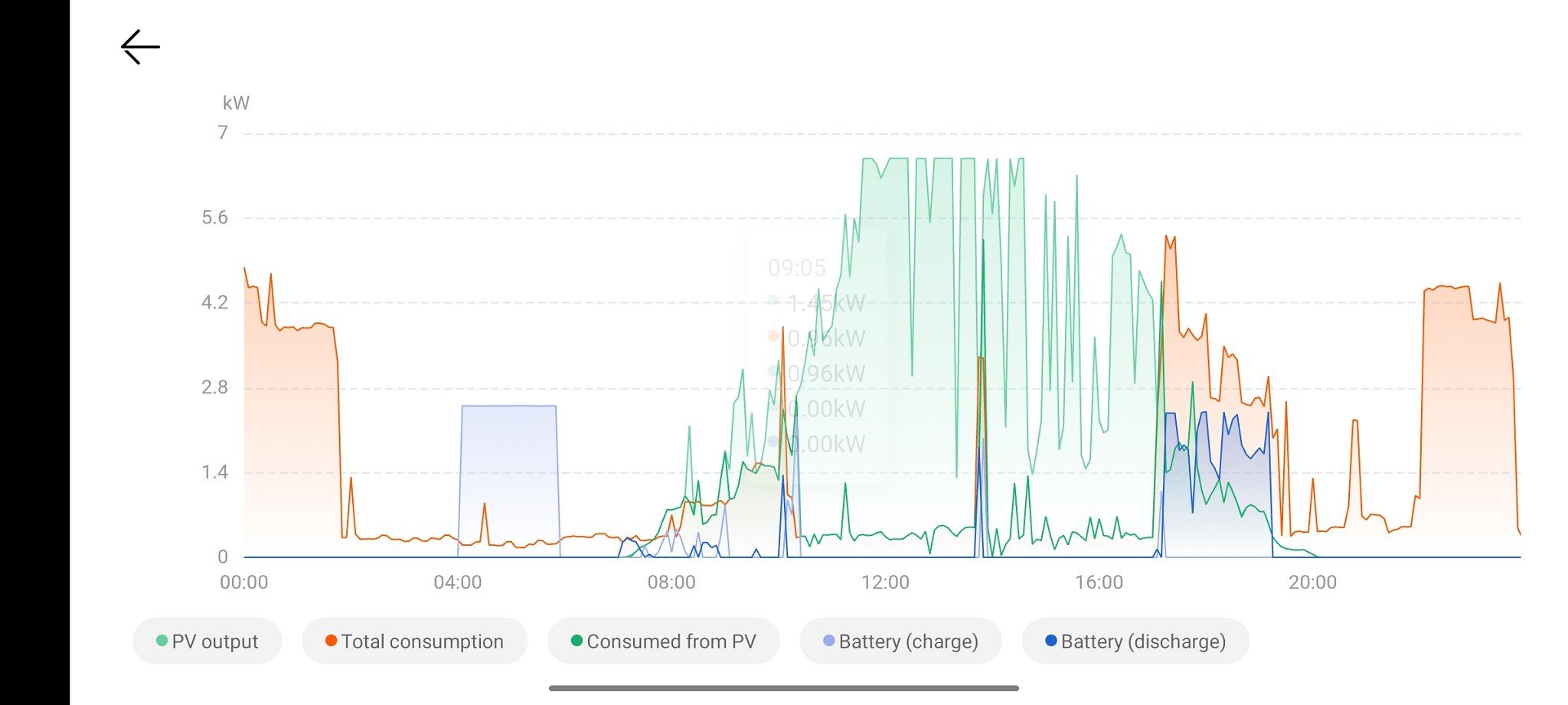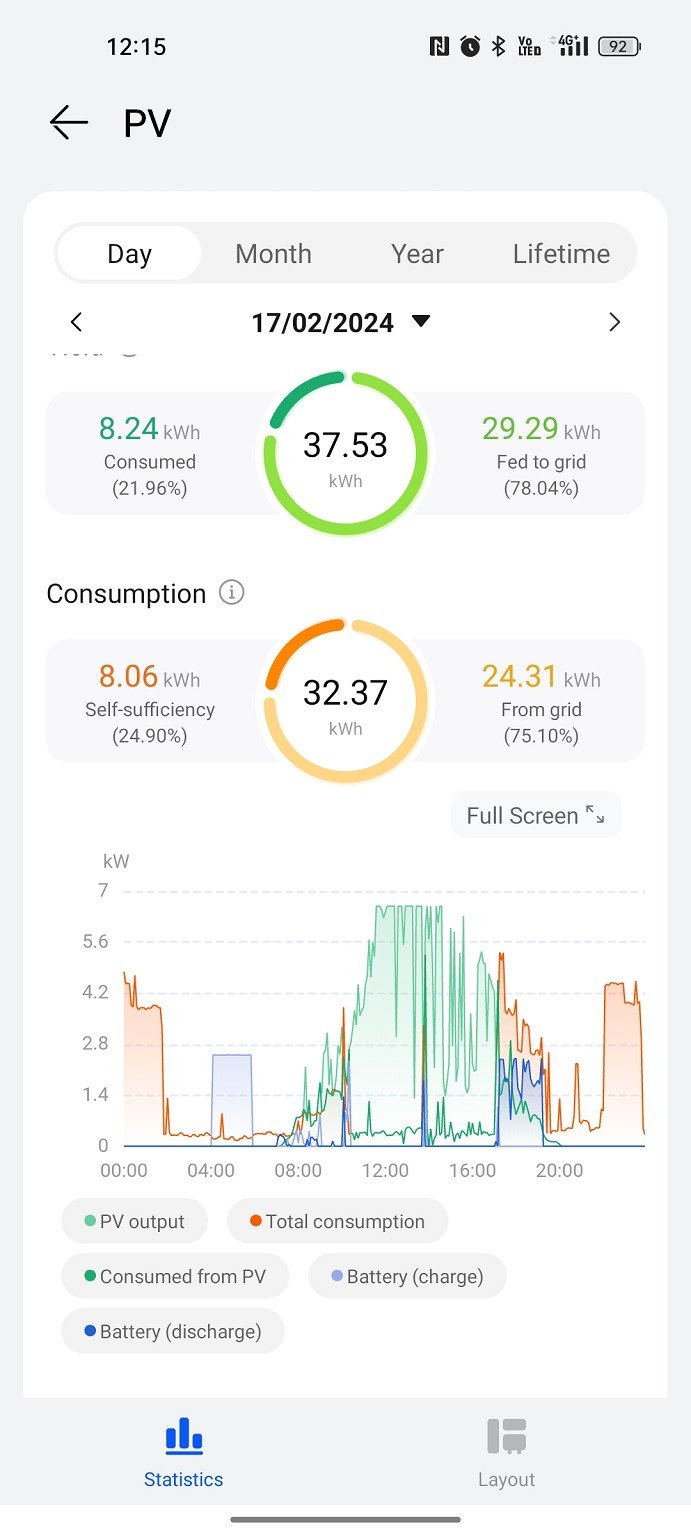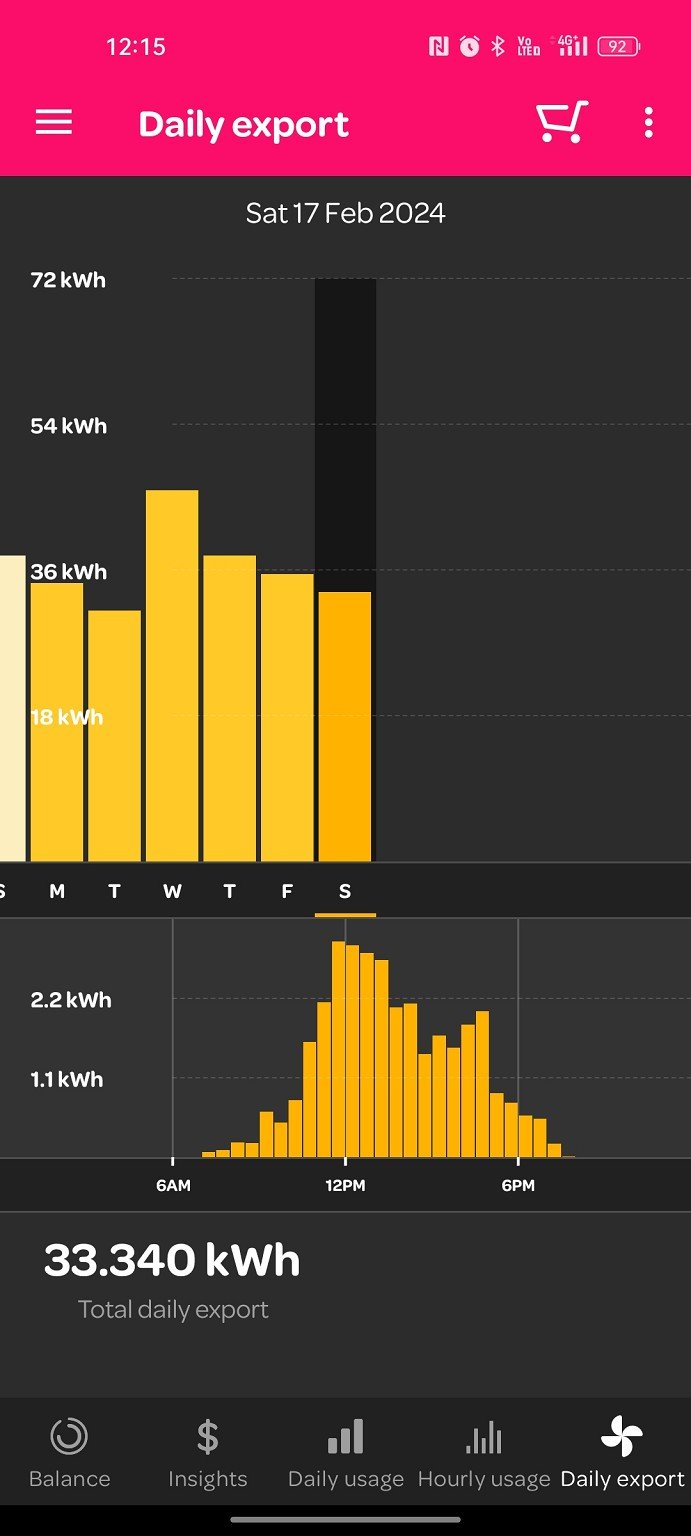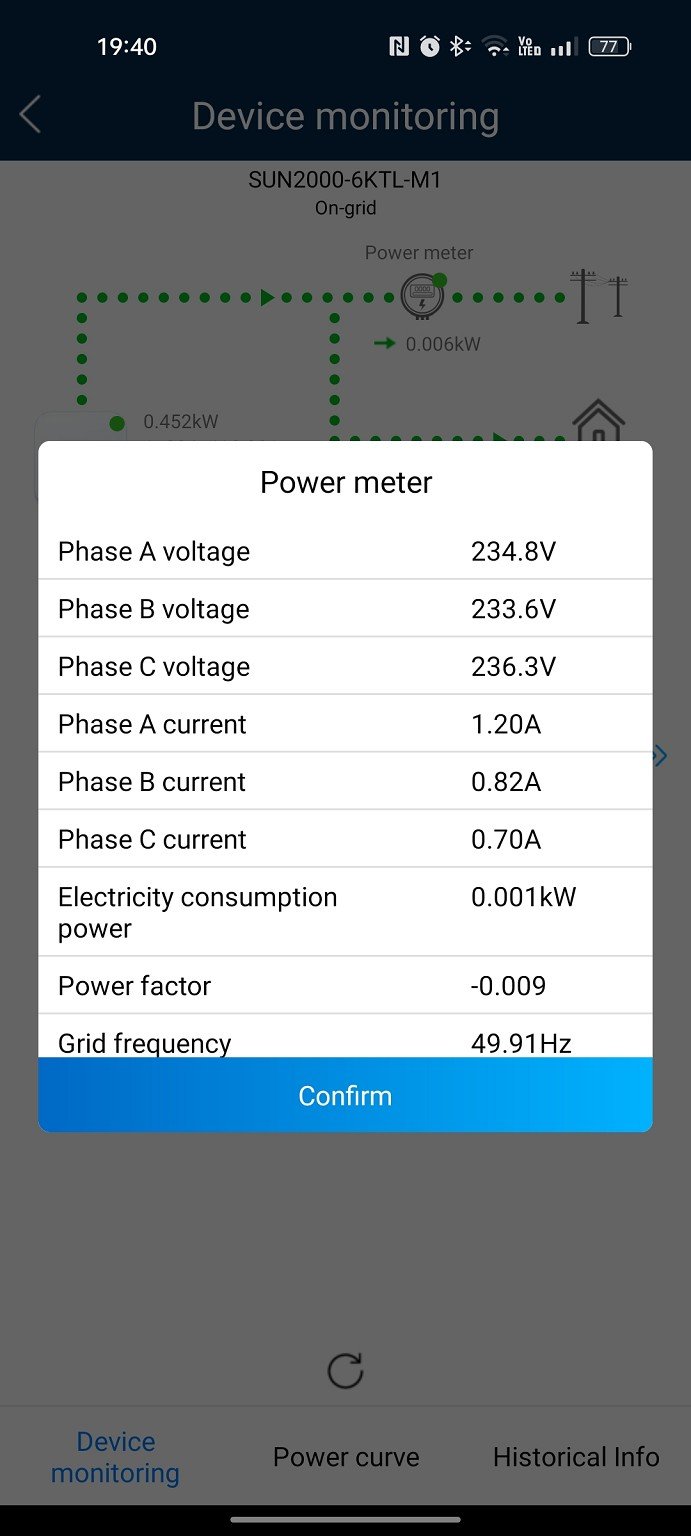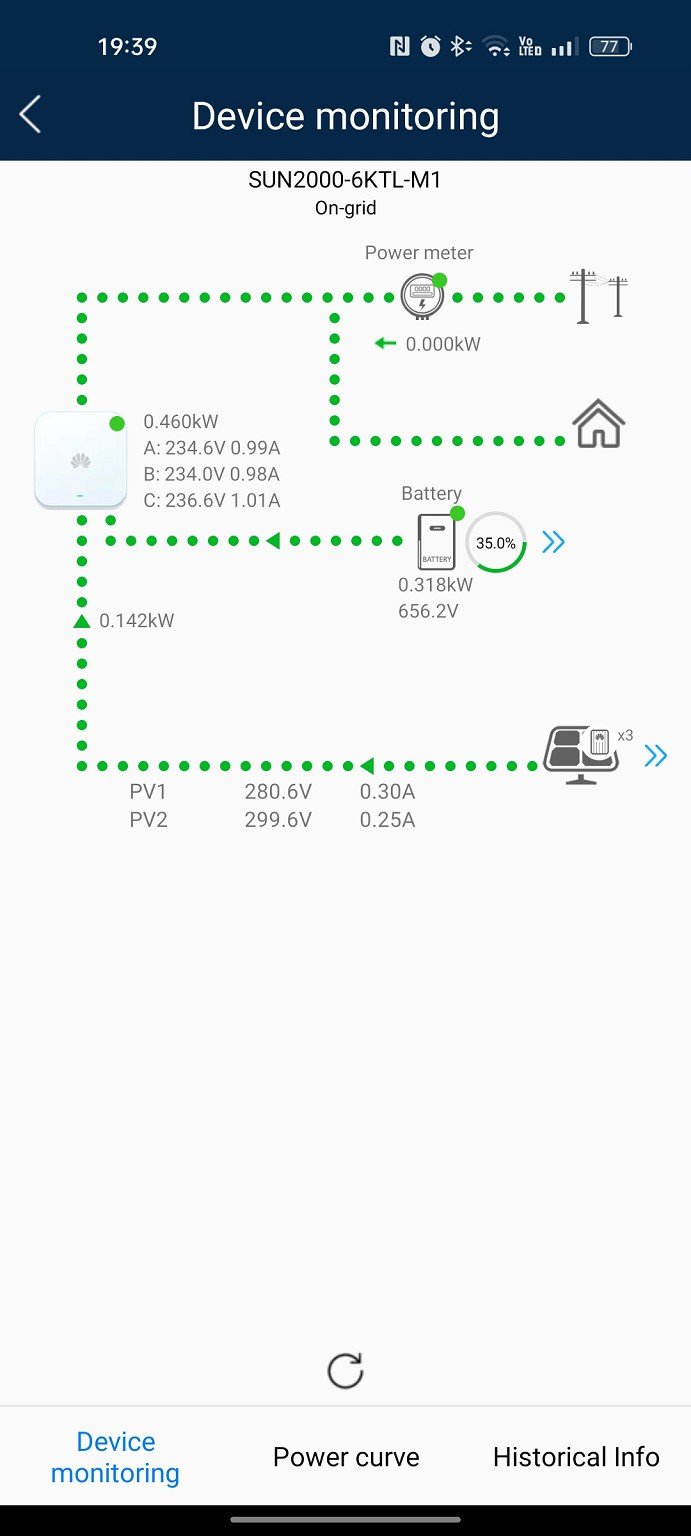Hey folks, I've been on here before trying to understand issues I am having with my Huawei inverter, usage and what it is reporting. In a nut shell, I had this system commercially installed now about six months ago and since then have been battling big discrepancies between what the inverter says has been exported and imported, vs what the power company says. This is out by up to 50% at times.
My original problem was I wasn't getting any answers from the company but have now had an explanation, which was provided over the phone and I'm still struggling to understand the implications of it.
Basically they've told me that due to net metering issues the system will, say if an item requires 1.5kw; use .5kw on one phase, and import 1.0kw on the other two phases, and report that the usage was covered by the inverter (more or less). They are pretty much saying this is an anomaly of three phase solar in New Zealand and they are learning as they go as well.
My counter point has been that I had asked if there would be value in seeking to change to single phase they said no, it wouldn't make any difference and rather to embrace future capacity advantages of three phase. So I didn't bother. They also didn't obviously highlight any of these issues to me.
I am now wondering how much it impacts - it's likely my system is drawing more power from grid than it probably needs as a result, but in particular the reporting is utterly useless because I can't rely on anything that I am seeing.
I am really wondering if any of the above rings true. I am a layman myself and the person who explained it clearly wasn't experienced but was reading off information they had in front of them. I'm trying to work out how to proceed - if I expect some money back on the inverter to compensate; or if other inverters DON'T have this issue. Apparently Huawei have advised this is something they are aware of and is on their road map for a future new inverter.
Hoping someone who is in the business may be able to tell me more here or help me understand this mess and how much of it I should accept / vs what should have been explained first.
I may have confused a number of things in this - so hoping for some help to work my way through resolving what from my perspective is a system that doesn't:
A: Perform as well as expected (the draw that occurs at various points in the day despite a full battery and generation - probably due to phases)
B: Reporting that is pointless from the app.
 #
#

